By Kevin Masson MSc, CSCS, CPT, USAW, FMS
Unless you’ve been living under a rock someplace, the chances are you’ll have heard of CBD. But what exactly is CBD and what is all the fuss about? Everywhere on Instagram, influencers are promoting it? Is this just another new trend or is there real science behind it? In this post, I hope to give you the answers to these questions and more, so here it is, my guide to CBD and Fitness.
Increasingly athletes are seeing the correlation between improved fitness and athletic performance when combining their training by using CBD products. Yes, CBD is a product from the cannabis plant, but gone are the stereotypical images of lazy stoners, with their minds lost in a haze of pungent marijuana smoke. For although CBD does come from the marijuana plant, it does not have the psychotropic effects associated with it.
Medical cannabis has been hitting the headlines as a potential cancer cure for some time, but its effectiveness as a performance enhancer that can be used to improve fitness and recovery times is less well known about and studies coming out are looking very promising.
The fitness community is showing a lot of interest in CBD products, due to its apparent ability to sustain energy levels and aid recovery. The compound is anti-inflammatory and can help relieve pain. It also helps to reduce cortisol build up and can help you to work harder and longer during your fitness regimen.

What is CBD
CBD is a plant extract that has very similar medical benefits to THC found in cannabis, but without the brain-altering high. There are over 80 cannabinoid compounds found in the cannabis plant. The most abundant of these compounds are THC Delta 9 tetrahydrocannabinol and CBD Cannabidiol.
How does it Work?
The THC is the cannabinoid that produces the well-known high associated with the use of marijuana, but CBD does not incite this effect, providing any high at all. This is because while THC is a psychoactive compound, CBD has no psychoactive properties and can actually reduce the psychotropic effects of THC, notably the negative ones.
Within the human body, there is a system designed to interact with cannabinoid compounds. This system is called the “Endocannabinoid System” (ECS). There are cannabinoid receptors throughout the body not only help it function optimally but also to balance emotional and mental wellbeing. When we consume most cannabinoids, they attach themselves to the cannabinoid receptors. This happens with THC, but ongoing research is showing that this is not the case with CBD. The body actually produces its own cannabinoids, and this is why it has receptors for it. Instead of attaching itself to the receptors like THC does, CBD seems to stimulate and increase the amount of cannabinoid compounds the body produces for itself.
The two types of receptor are called CB1 and CB2. The CB1 receptors exist throughout our entire body, but the highest numbers are found in the brain. The CB1 receptors in the brain are responsible for:
- Movement
- Coordination
- Emotions
- Mood
- Thought
- Memory
- Appetite
- Pain
CB2 receptors appear in the immune system and seem to mostly affect pain and inflammation.
Medical Benefits
CBD has several therapeutic effects on your body and mind. It can activate your serotonin receptor 5-HT1A, which in turn reduces anxiety, it can help cure addiction, improve sleep, balance appetite, regulate body temperature, reduce nausea and vomiting, and it can also reduce pain and inflammation by binding itself to the TRPV1 receptors.
CBD has also been seen to reduce bone re-absorption. This is where the body robs the bones of calcium and other minerals when they are needed in the bloodstream. This mineral leaching can lead to osteoarthritis. CBD prevents this leaching by blocking the G protein receptor, GPR55, which is also signaled in the spread of cancer cells in the body.
Receptors called Peroxisome Proliferator-Activated Receptors (PPARs) are also activated by CBD. These receptors have been seen to have an anti-cancer effect in studies and show promise in helping with Alzheimer’s.
Other ailments that are believed to be helped by CBD include:
- Crones Disease
- Schizophrenia
- PTSD Post Traumatic Stress Disorder
- Epilepsy
- Fibromyalgia
- Diabetes
- Multiple Sclerosis
- Insomnia
- Anxiety Disorders
- Acne
More research is ongoing, and further studies are still needed to discover the full benefits provided by CBD.
Where is CBD Derived From?
There are two sources of CBD; Hemp, which is the agriculturally cultivated plant used to make biofuels, biodegradable plastics, textiles, paper, building materials, and animal feed. Hemp has been cultivated as a crop for many centuries. It grows to between 15 and 20 feet in height. It has a course woody stalk and contains almost zero THC (generally less than 0.3%), for this reason, Hemp does not produce the high of its sibling Marijuana.
Marijuana is the other source of CBD; it differs from Hemp in several ways. Despite both plants coming from the same source Cannabis Sativa L. Marijuana has been cultivated to increase its THC content. The flowers and leaves of marijuana are used to make medicines, for recreational use to achieve a high and for spiritual purposes in some cultures. The plant typically grows to around 5 feet in height and spreads out low to the ground. The marijuana plant can contain between 10 to 30% THC the psychotropic compound that is not present in CBD.
Legality
The legality of CBD, despite it having no psychotropic effects, is still in debate. There are contradictory rulings that make it difficult for the law to enforce the control of CBD l usage. In December 2016 the DEA changed the federal register to say that cannabinoids derived from any plant of the genus cannabis were a schedule 1 controlled substance. However, the Farm Bill of 2014 states that products derived from legal hemp farming do not carry any such controls and this would include CBD oil derived from Hemp. As you can see the law is contradictory and this makes enforcement difficult.
The psychotropic form of marijuana is itself legal for recreational and medicinal use in some US states, while CBD is legal in many states with certain criteria attached to it. It remains that for the most part, CBD derived from Hemp is generally recognized as being legal, while that derived from marijuana is only legal in the states where marijuana use is legal either medicinally or recreationally.
You can currently freely use CBD that is from either Hemp or Marijuana in the following states, for both recreational and medicinal purposes, without a prescription:
Alaska, California, Colorado, Maine, Massachusetts, Nevada, Oregon, and Washington.
CBD that is from either hemp or marijuana can be used for medicinal purposes (with a prescription from a certified medical practitioner) in the states mentioned above plus the following:
Arizona, Arkansas, Connecticut, Delaware, Hawaii, Illinois, Maryland, Michigan, Montana, New Hampshire, New Jersey, New Mexico, New York, North Dakota, Ohio, Pennsylvania, Rhode Island, Vermont, and West Virginia.
CBD that is made from hemp only can be used for medicinal purposes (with a prescription from a qualified medical practitioner) in the above states and the following:
Alabama, Florida, Georgia, Indiana, Iowa, Kentucky, Mississippi, Missouri, North Carolina, Oklahoma, South Carolina, Tennessee, Texas, Utah, Virginia, Wisconsin, and Wyoming.
The states where CBD remains illegal include:
Idaho, Kansas, Nebraska and South Dakota.
As the political landscape continues to change and the benefits of CBD are more clearly recognized and backed by scientific evidence, it is hoped that its complete legalization will occur across the entire United States within the next 5 to 10 years.
Please consider that rules and regulations regarding the legalities of CBD are changing all the time, so please check carefully to ensure you are within the law before taking CBD in the state where you reside.
Types of CBD Oil
There exist two different types of CBD oil. Full spectrum CBD oil is oil that contains all the other cannabinoids, including any trace amounts of THC from the plant from which it was derived. The other type is called Isolate CBD, where the CBD has been isolated from the other cannabinoids present in the plant from which it was taken. Due to the loss of other valuable cannabinoids in the isolate form, it is not considered to be as potent or effective as the full spectrum CBD oil.
How is CBD Oil Made?
CBD oil is made by extracting it from the cannabis plant in which it is contained. There are principally two methods of extraction, either alcohol extraction which is a process where the plant is soaked in a solvent (usually grain alcohol), filtered to remove the plant remnants and then the alcohol is evaporated off to leave the pure CBD oil behind.
The other method is C02 (Carbon Dioxide) extraction, where the C02 gas is forced through the plant using a series of chambers to collect the different cannabinoids. The pressure and temperature are carefully adjusted to separate out each.
How to Use CBD
There are a large variety of CBD products available, almost all are mixed with other ingredients. The quantity of CBD contained in each product also varies very significantly and it is important to research the amount you require when choosing the best type for your needs.
Some CBD products provide better bioavailability than others. This is also important as the more bio-available the CBD is, the more your body can absorb and use it. Here are a few of the different products that contain CBD and their general bioavailability.
Tinctures
CBD contained in a tincture is usually taken by using a dropper to put a specified number of drops under your tongue. This is then absorbed into the body sublingually. This process has good bioavailability for the body.
Concentrates
These concentrates often come in an edible wax form. The wax is rubbed into the cheeks inside the mouth. Concentrates have good bioavailability.
Vape Oils
If you enjoy vaping or inhalation methods, then the vape oils can provide you with a convenient way of taking the CBD. They have good bioavailability but beware of what else is contained in the mix.
Topical Products
Creams, salves, lotions, anything that you rub into your body or lips. These products usually have a medium level of bioavailability and take a bit longer to get absorbed into the bloodstream. Again, it is as well to be aware of what else is in the mix and try to avoid any harsh chemicals or petroleum products.
Capsules
Some people choose to take capsules as a daily supplement, unfortunately, although this is usually a cheap way of buying CBD, it is also one of the least effective, as it is then subjected to the digestive tract and is not well absorbed, meaning it has low bio-availability in this form.
Oral Spray
Although some of the CBD in an oral spray will be absorbed in the tissues of the mouth, most are swallowed, which similarly to capsules, means it will be digested and therefore has low bioavailability.
Choosing Which CBD Product to Buy
As you may know already about me, I refuse to be sponsored, not because of ego or anything like that but because as a scientist It would be unethical and I will be biased towards certain products. Every product I recommend are most likely researched based, tried personally by me or I own them and they have a BioFit Performance label on them.
The quality and purity of CBD is completely unregulated. It is therefore difficult to know exactly what you are buying. Be aware that there are unscrupulous people around who will happily sell you fake CBD that has zero health benefits and may, in fact, be harmful. Only use companies that are willing to share all their technical data about their product with you freely, so you can see they care about what they are selling. Look for the products potency, residual solvents or pesticides and any mycotoxins. Consult the experts about who they recommend and read the customer reviews. If an offer seems too good to be true, then it more than likely is. Good quality CBD is not cheap! You can read about the top manufacturers here at bestcbdoils.org

Fitness and CBD
Increasingly people are using CBD to help them with their fitness routine. The World Anti-Doping Agency lifted the ban on CBD not containing THC in 2017 and it is now acceptable for use by all athletes, including professionals.
Pre-Workout CBD
As a pre-workout supplement, CBD can help to:
- Reduce pain sensitivity
- Boost energy levels
- Act as an anti-catabolic
It reduces pain sensitivity due to its analgesic effects; this allows you to train harder during your workout as the muscles produce fewer pain signals. It also works to relieve anxiety and depression, which improves motivation and positivity. Its anti-catabolic properties prevent the catabolic hormones from breaking down muscle tissue; catabolic hormones include cortisol which is attributed to post-workout muscle and joint pain. The net result of a reduced post-workout cortisol load is that lean muscle mass is gained faster and more easily. For best results, it is important to avoid caffeine in all forms, as this will increase cortisol levels.
Post-Workout CBD
The advantages of using CBD post-workout include:
- Reduction in muscle soreness
- Reduced inflammation
- Appetite stimulation
- General body and mind relaxant
Because CBD helps ease muscle pain and relaxes you, it aids better sleep. Your muscles recover during sleep, which means getting enough good quality sleep is important to aid recovery and build muscle.
Consuming enough protein is necessary to build muscle. Sometimes this can be difficult, but CBD can stimulate appetite and help you eat more post-workout.
Although CBD has been around for a while now and has, in the field, shown itself to be safe and effective, there is still a lack of quality research. Unsurprisingly, most of the research that has been done is on CBD’s medical benefits against serious disease such as cancer, epilepsy, Alzheimer’s and so on.
Studies
I have attached various studies on both THC and CBD for my geeky friends to read, some of these include:
CBD and Chronic Inflammation
Cancer
Addictive Behaviors – Smoking,Opioid Addiction
Epilepsy
Schizophrenia
Anxiety Disorders
Type 1 Diabetes
Acne
Alzheimer’s Disease
As I stated previously in this article, a great deal more research is required if the full abilities of both CBD and THC are to be discovered. Unfortunately, because both are a natural product, they hold no real interest for big pharma, where all the money for significant scientific research is funneled. Sadly, it is therefore down to independents who can see the potential in cannabinoids to fund this research, meaning it will be done on a far smaller scale and at a much slower pace.
Conclusion
As we have seen, the effectiveness of using CBD as an aid to improve workout levels, produce quicker muscle development, and shorten recovery times, shows a lot of promise. But, due to the lack of research, it is still not backed up with much scientific evidence.
Because CBD has no psychotropic effects, it is hoped that it will be legalized for general use in many more states across the US. Because the World Anti-Doping Agency now allows the use of non-psychotropic cannabinoids, it would seem reasonable to assume that common sense would also prevail to allow their use by anyone.
Due to there being no regulation on quality or method of manufacture, it is important to buy CBD products from a credible source. Check the products credentials carefully before you buy and try to get recommendations from other people.
I hope you have found this article interesting and informative.
As always, BioFit, Live, Life, Fit.
References
https://www.cureyourowncancer.org/how-cannabis-oil-works.html
https://healthable.org/science-cbd-oil-infographic/
https://medium.com/cbd-origin/is-cbd-legal-legal-status-of-cbd-2018-d1b4a0ed42df
 When you’re discussing sparkling beverages, you’re talking about a wide variety of different types of drinks. Some are immediately recognized as unhealthy, such as soft drinks, but there are other groups that are nothing more than water with a pressurized infusion of carbon dioxide. These are called everything from seltzer water to club soda, and of course, sparkling water. While seltzer water doesn’t contain sodium, other forms of carbonated waters do.
When you’re discussing sparkling beverages, you’re talking about a wide variety of different types of drinks. Some are immediately recognized as unhealthy, such as soft drinks, but there are other groups that are nothing more than water with a pressurized infusion of carbon dioxide. These are called everything from seltzer water to club soda, and of course, sparkling water. While seltzer water doesn’t contain sodium, other forms of carbonated waters do.

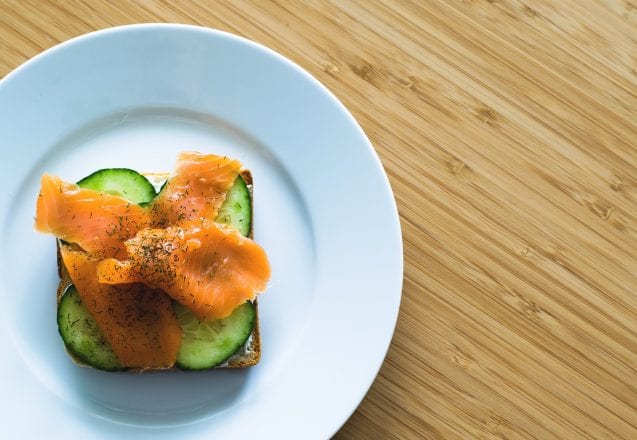
 At BioFit Performance in Oviedo, FL, we not only help clients with developing a more active lifestyle, but also a personalized nutrition program. While what you eat is ultimately the most important part of that program, portion control also plays an important role. With most fruits and vegetables, it’s not a problem. They’re often so low in calories portion control makes no difference at all. You could eat an entire head of celery and not be anywhere near your daily calorie allotment. However, if you eat volumes of nuts, avocados, olive oil and sweet potatoes, all healthy foods, the results might be quite different. The same is especially true for snack food and sweets.
At BioFit Performance in Oviedo, FL, we not only help clients with developing a more active lifestyle, but also a personalized nutrition program. While what you eat is ultimately the most important part of that program, portion control also plays an important role. With most fruits and vegetables, it’s not a problem. They’re often so low in calories portion control makes no difference at all. You could eat an entire head of celery and not be anywhere near your daily calorie allotment. However, if you eat volumes of nuts, avocados, olive oil and sweet potatoes, all healthy foods, the results might be quite different. The same is especially true for snack food and sweets.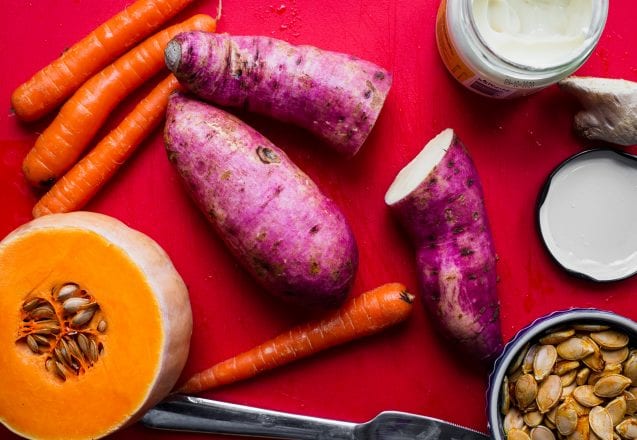
 If you’ve read that sweet potatoes are a healthier option than white potatoes, the information isn’t true. While they both contain a variety of nutrients, the nutrient content is different in each. That’s why I tell clients in Oviedo, FL, they need to vary their diet to include as many different fruits and vegetables as possible. For instance, white potatoes contain more potassium than sweet potatoes. It racks up approximately 17% of the required daily amount compared to sweet potatoes 10%. White potatoes also contain glycoalkaloids that recent test-tube studies show have anti-cancer and other good benefits.
If you’ve read that sweet potatoes are a healthier option than white potatoes, the information isn’t true. While they both contain a variety of nutrients, the nutrient content is different in each. That’s why I tell clients in Oviedo, FL, they need to vary their diet to include as many different fruits and vegetables as possible. For instance, white potatoes contain more potassium than sweet potatoes. It racks up approximately 17% of the required daily amount compared to sweet potatoes 10%. White potatoes also contain glycoalkaloids that recent test-tube studies show have anti-cancer and other good benefits.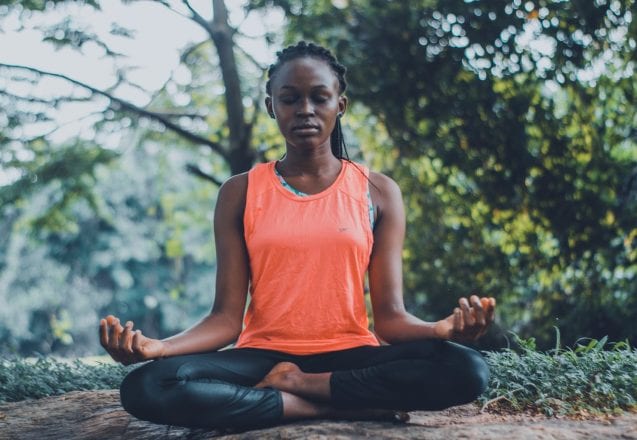




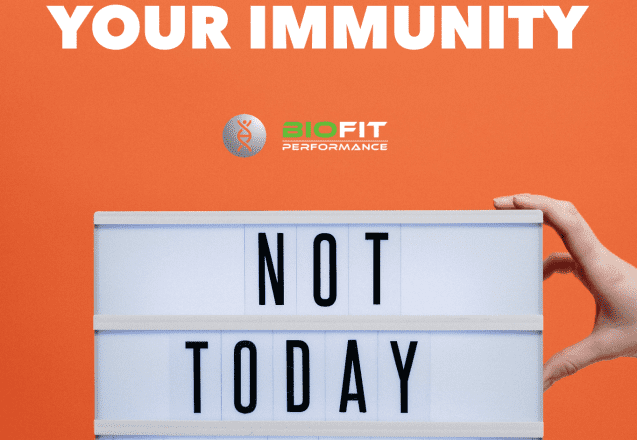





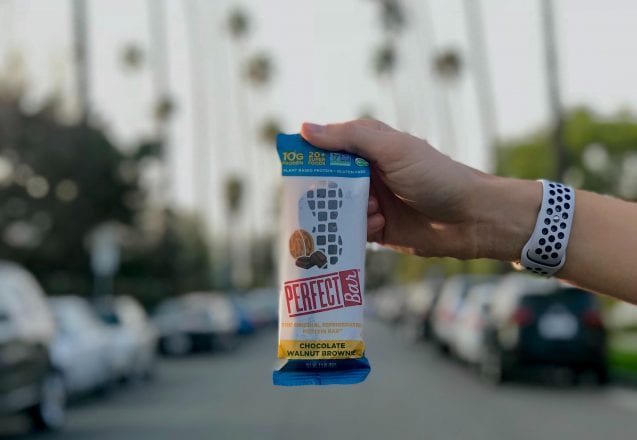
 Protein bars have been on the market for quite a while. Originally, those bars were the ultimate for people who wanted to do tough workouts and build big muscles, but they became a quick go-to for people who weren’t working out and just assuming that they were the healthiest option when there was no time to sit down to a meal. There’s a new kid on the block of bars called meal replacement bars. Which one is better? First, most people don’t require the boost of protein that the protein bar provides, but let’s look at other factors.
Protein bars have been on the market for quite a while. Originally, those bars were the ultimate for people who wanted to do tough workouts and build big muscles, but they became a quick go-to for people who weren’t working out and just assuming that they were the healthiest option when there was no time to sit down to a meal. There’s a new kid on the block of bars called meal replacement bars. Which one is better? First, most people don’t require the boost of protein that the protein bar provides, but let’s look at other factors.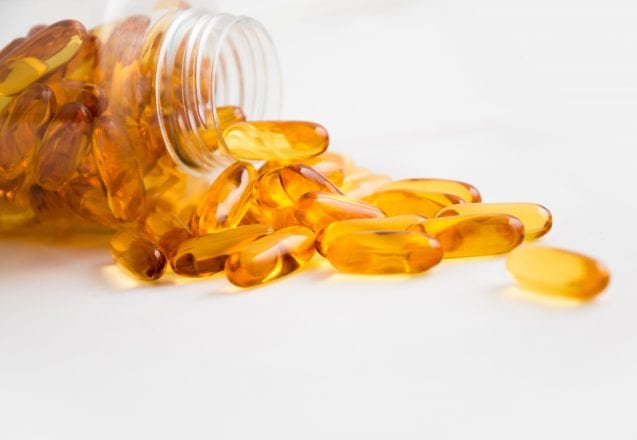
 I have people at my gym in Oviedo, FL ask about the benefits of Omega-3 and Omega-6 fatty acids. Both of them are important for good health. The ratio of omega-6 to omega-3 should be a four to one ratio, with one part omega-3 for every four parts omega-6. It’s not that way in the present Western diet. Instead, the ratio of omega-6 to omega-3 is anywhere between 10 parts omega-6 to one part omega-3 to a huge 50 parts omega-6 to one part omega-3. Depending on your present diet, you need to either lower the amount of omega-6, increase your amounts of omega-3 or both. Finding out how to do that means learning how to get your daily omega-3s.
I have people at my gym in Oviedo, FL ask about the benefits of Omega-3 and Omega-6 fatty acids. Both of them are important for good health. The ratio of omega-6 to omega-3 should be a four to one ratio, with one part omega-3 for every four parts omega-6. It’s not that way in the present Western diet. Instead, the ratio of omega-6 to omega-3 is anywhere between 10 parts omega-6 to one part omega-3 to a huge 50 parts omega-6 to one part omega-3. Depending on your present diet, you need to either lower the amount of omega-6, increase your amounts of omega-3 or both. Finding out how to do that means learning how to get your daily omega-3s.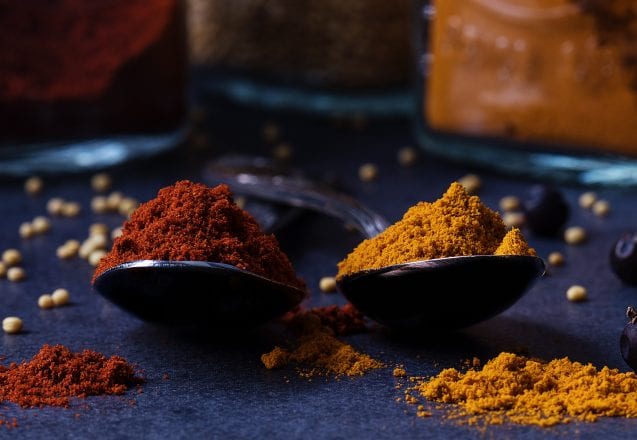
 You can improve your nutrition without adding extra calories by sprinkling on herbs and spices. One those spices to add is turmeric. There are a number of health benefits of turmeric, including helping you recover faster after a tough workout. Studies show that it can be beneficial in reducing soreness after you workout, especially from high intensity training. The curcumin in turmeric also boosts the benefits of exercise.
You can improve your nutrition without adding extra calories by sprinkling on herbs and spices. One those spices to add is turmeric. There are a number of health benefits of turmeric, including helping you recover faster after a tough workout. Studies show that it can be beneficial in reducing soreness after you workout, especially from high intensity training. The curcumin in turmeric also boosts the benefits of exercise.



